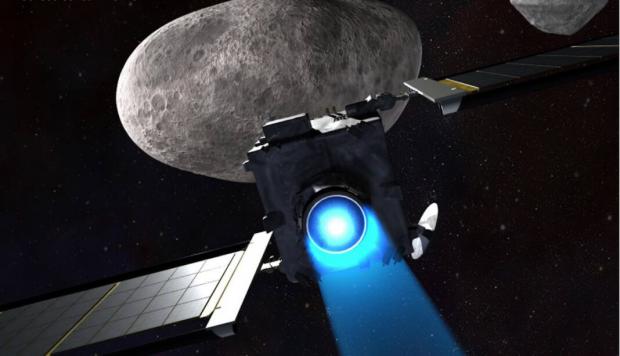
Breaking News
 Trump's FCC Seeks to Strip Even More Local Control Over 5G Rollout
Trump's FCC Seeks to Strip Even More Local Control Over 5G Rollout
 How - and What - Investors Steal from the Public
How - and What - Investors Steal from the Public
 President Trump's 'Mission Accomplished' Moment
President Trump's 'Mission Accomplished' Moment
 Silver and the 401(k) Precious-Metals Rule Change for 2026
Silver and the 401(k) Precious-Metals Rule Change for 2026
Top Tech News
 This tiny dev board is packed with features for ambitious makers
This tiny dev board is packed with features for ambitious makers
 Scientists Discover Gel to Regrow Tooth Enamel
Scientists Discover Gel to Regrow Tooth Enamel
 Vitamin C and Dandelion Root Killing Cancer Cells -- as Former CDC Director Calls for COVID-19...
Vitamin C and Dandelion Root Killing Cancer Cells -- as Former CDC Director Calls for COVID-19...
 Galactic Brain: US firm plans space-based data centers, power grid to challenge China
Galactic Brain: US firm plans space-based data centers, power grid to challenge China
 A microbial cleanup for glyphosate just earned a patent. Here's why that matters
A microbial cleanup for glyphosate just earned a patent. Here's why that matters
 Japan Breaks Internet Speed Record with 5 Million Times Faster Data Transfer
Japan Breaks Internet Speed Record with 5 Million Times Faster Data Transfer
 Advanced Propulsion Resources Part 1 of 2
Advanced Propulsion Resources Part 1 of 2
 PulsarFusion a forward-thinking UK aerospace company, is pushing the boundaries of space travel...
PulsarFusion a forward-thinking UK aerospace company, is pushing the boundaries of space travel...
 Dinky little laser box throws big-screen entertainment from inches away
Dinky little laser box throws big-screen entertainment from inches away
 'World's first' sodium-ion flashlight shines bright even at -40 ºF
'World's first' sodium-ion flashlight shines bright even at -40 ºF
NASA and SpaceX Launch First Rocket to Test Defense Against Giant Asteroid By Starting w/ Small One

Just one part of NASA's larger planetary defense strategy, DART – built and managed by the Johns Hopkins Applied Physics Laboratory in Maryland – will impact a known asteroid that is not a threat to Earth. Its goal is to slightly change the asteroid's motion in a way that can be accurately measured using ground-based telescopes.
DART will show that a spacecraft can autonomously navigate to a target asteroid and intentionally collide with it – a method of deflection called kinetic impact. The test will provide important data to help better prepare for an asteroid that might pose an impact hazard to Earth, should one ever be discovered. LICIACube, a CubeSat riding along with DART and provided by the Italian Space Agency (ASI), will be released prior to DART's impact to capture images of the impact and the resulting cloud of ejected matter.



